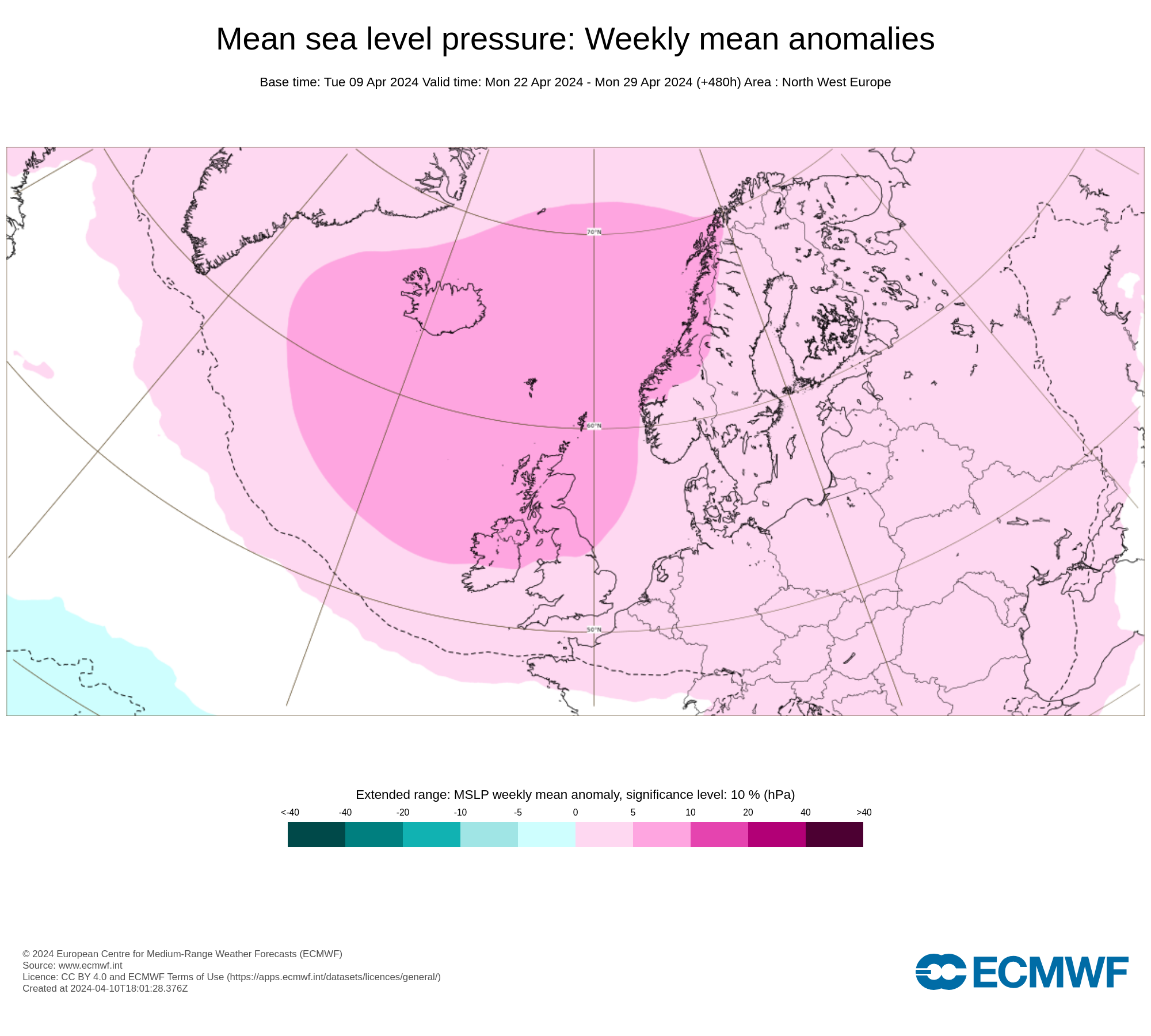Check out the international space station tonight in Irish skies
With good clear skies across a bulk of Ireland this evening make sure to get out and check the International space stations which will cross over our skies tonight.
Clear weather across Ireland this evening
The will be one pass tonight over Ireland it it will occur between 20:28 to 20:33 and will come into view to the west and exit to the southwest and will shine very bright as it passes overhead.
The crescent moon can be seen in the western sky with the bright planet venus sitting near it Saturday evening and tonight also. Venus, also known as the "evening star," is the third brightest object in the sky after the sun and the moon.
The planet is as bright as it is because of a characteristic called "albedo," which astronomers use to describe how bright a planet is by specific measurements. When sunlight hits a planet, some of the light is absorbed by the planet's surface or atmosphere, and some is reflected.
The International Space Station (ISS) is a space station, or a habitable artificial satellite, in low Earth orbit. Its first component launched into orbit in 1998, the last pressurised module was fitted in 2011, and the station is expected to be used until 2028. Development and assembly of the station continues, with components scheduled for launch in 2018 and 2019. The ISS is the largest human-made body in low Earth orbit and can often be seen with the naked eye from Earth. The ISS consists of pressurised modules, external trusses, solar arrays, and other components. ISS components have been launched by Russian Proton and Soyuz rockets, and American Space Shuttles.
The ISS programme is a joint project among five participating space agencies: NASA, Roscosmos, JAXA, ESA, and CSA. The ownership and use of the space station is established by intergovernmental treaties and agreements. The station is divided into two sections, the Russian Orbital Segment (ROS) and the United States Orbital Segment (USOS), which is shared by many nations. As of January 2018, the American portion of ISS is being funded until 2025.Roscosmos has endorsed the continued operation of ISS through 2024 but has proposed using elements of the Russian Orbital Segment to construct a new Russian space station called OPSEK.
The ISS serves as a microgravity and space environment research laboratory in which crew members conduct experiments in biology, human biology, physics, astronomy, meteorology, and other fields The station is suited for the testing of spacecraft systems and equipment required for missions to the Moon and Mars. The ISS maintains an orbit with an altitude of between 330 and 435 km (205 and 270 mi) by means of reboost manoeuvres using the engines of the Zvezda module or visiting spacecraft. It completes 15.54 orbits per day.
















